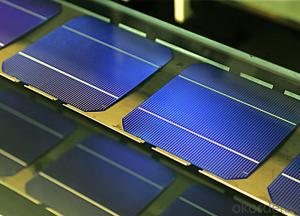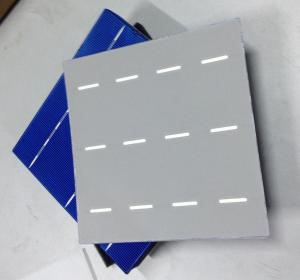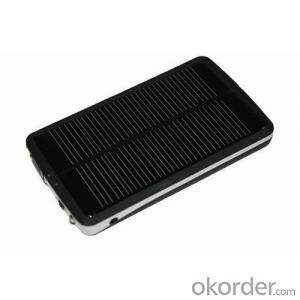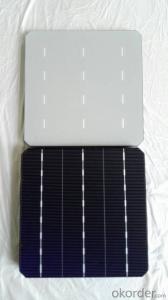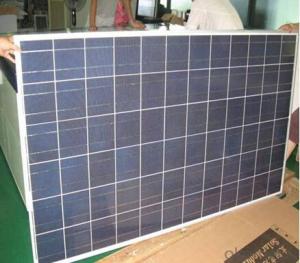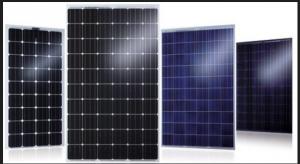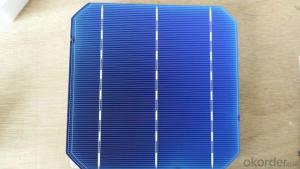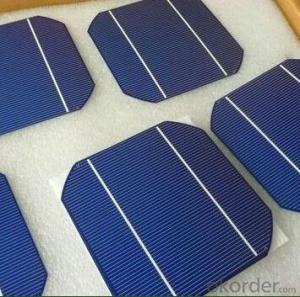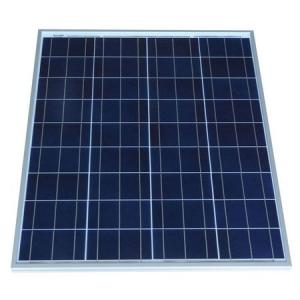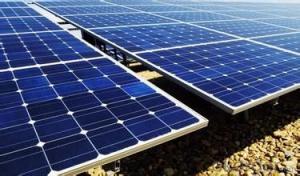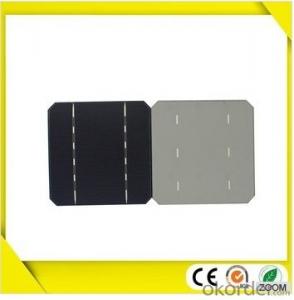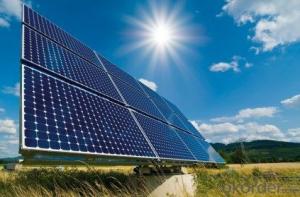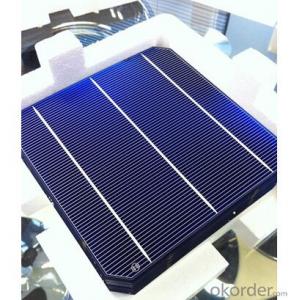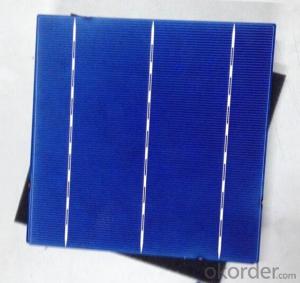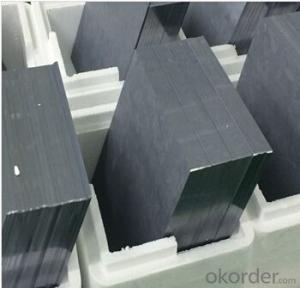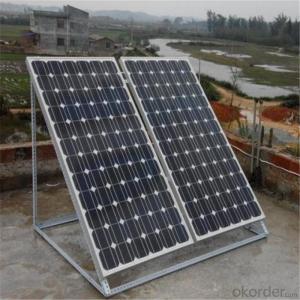Facts About Solar Cells
Facts About Solar Cells Related Searches
Benefits Of Solar Cells All About Solar Cells Are Solar Cells Examples Of Solar Cells Advantages Of Solar Cells Pros Of Solar Cells Efficiency Of Solar Cells Solar Energy Cells Best Solar Cells Evolution Of Solar Cells Production Of Solar Cells Physics Of Solar Cells Creating Solar Cells Common Types Of Solar Cells Solar Cells And Solar Panels Problems With Solar Cells Limitations Of Solar Cells Buy Solar Cells Cheap Solar Cells Cost Of Solar Cells Satellite Solar Cells Purchase Solar Cells Best Solar Cells To Buy Solar Cell And Solar Module Photovoltaic Solar Cells Better Solar Cells Cons Of Solar Cells Affordable Solar Cells 3 Types Of Solar Cells Electric Solar CellsFacts About Solar Cells Supplier & Manufacturer from China
Facts About Solar Cells covers a wide range of products, including monocrystalline, polycrystalline, and thin-film solar cells, which are essential components in converting sunlight into electricity. These solar cells are widely used in various applications such as residential rooftops, commercial buildings, and large-scale solar power plants, making them a crucial part of the renewable energy industry. Okorder.com, as a reputable wholesale supplier, boasts a vast inventory of Facts About Solar Cells, ensuring that customers have access to a diverse selection of high-quality solar cell products to meet their specific needs and requirements.Hot Products




